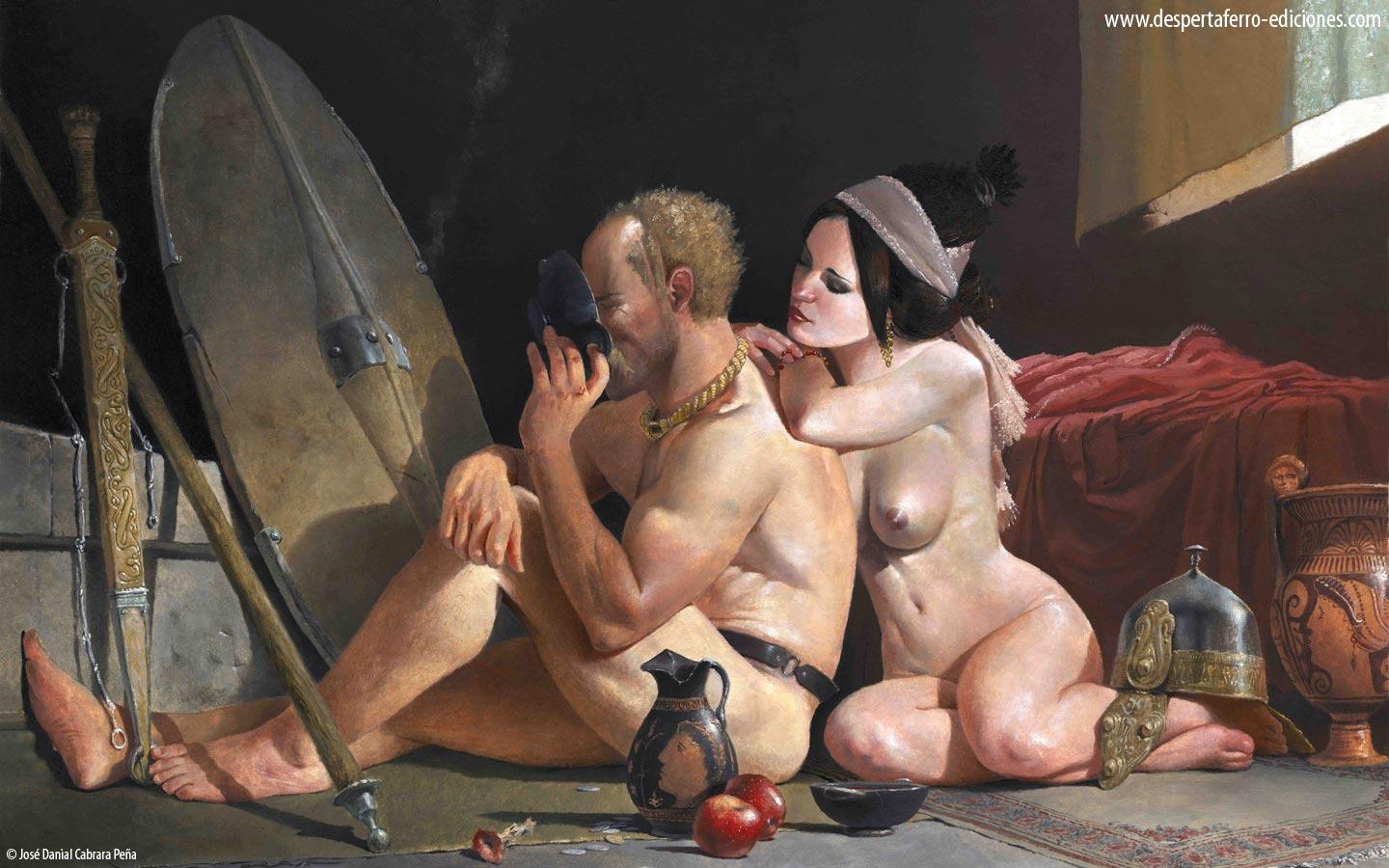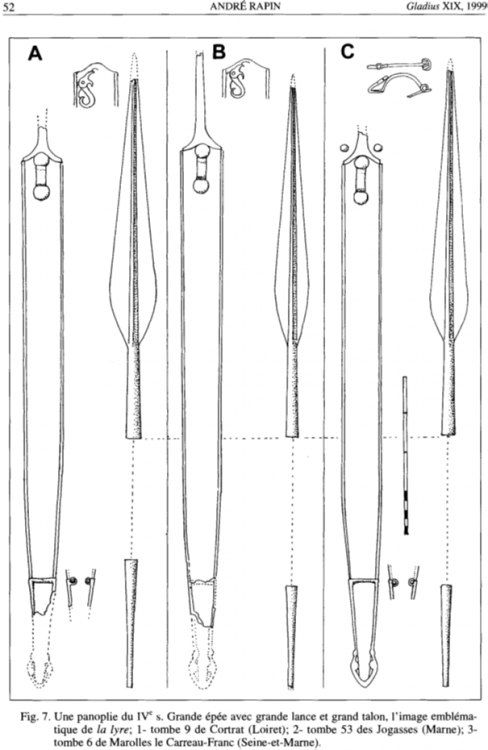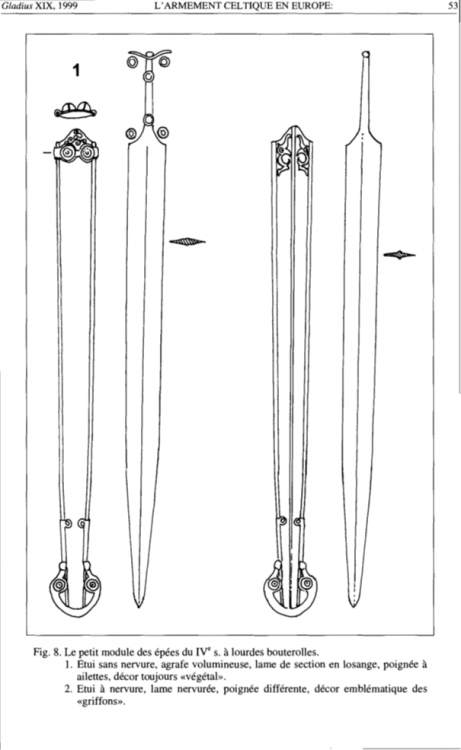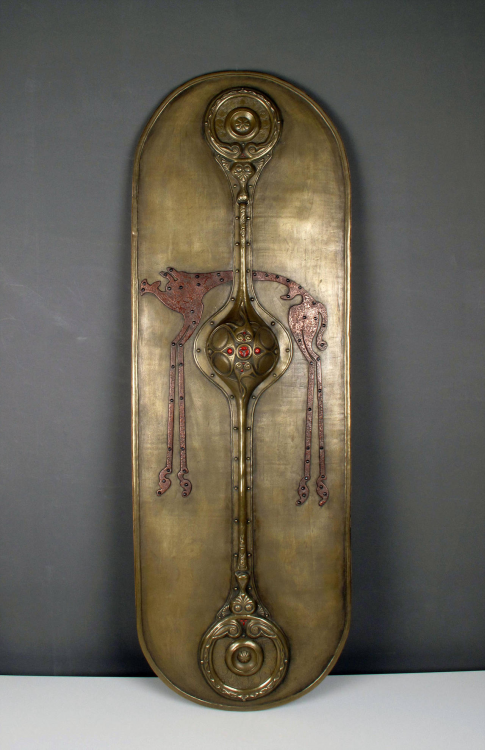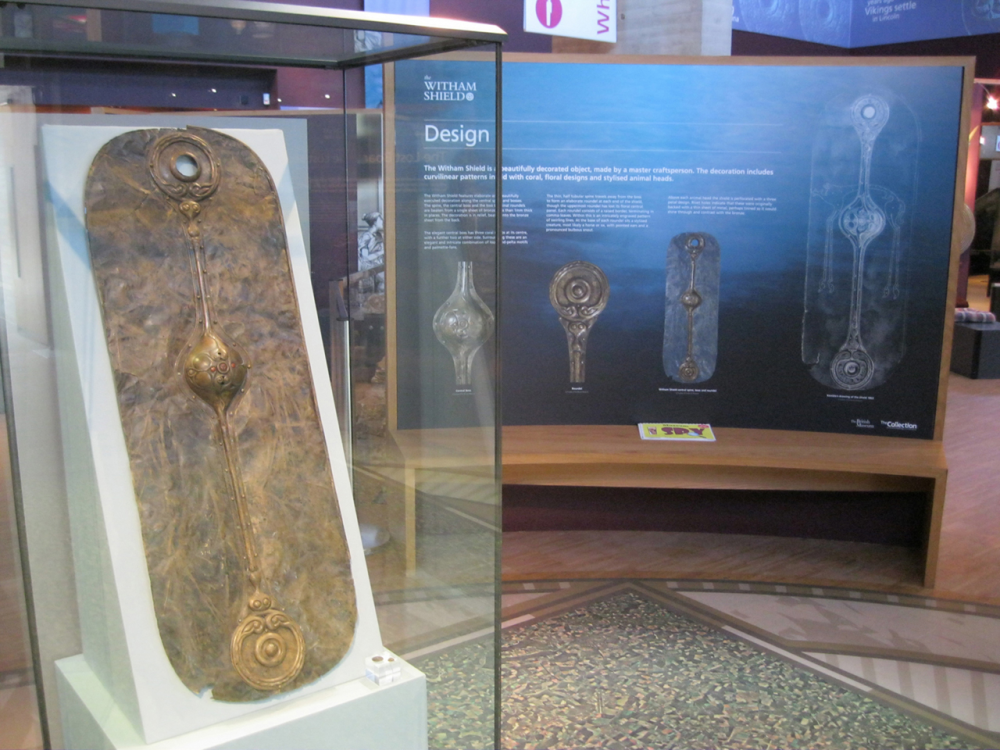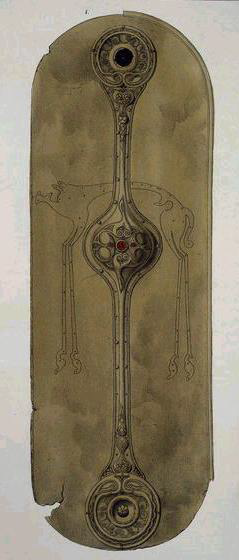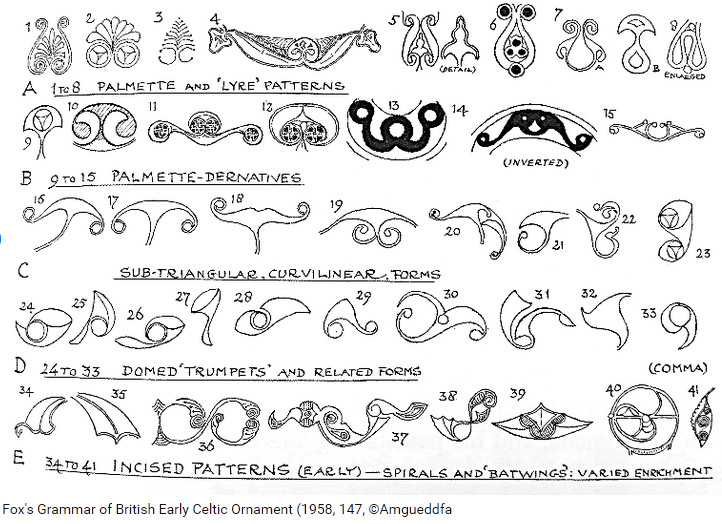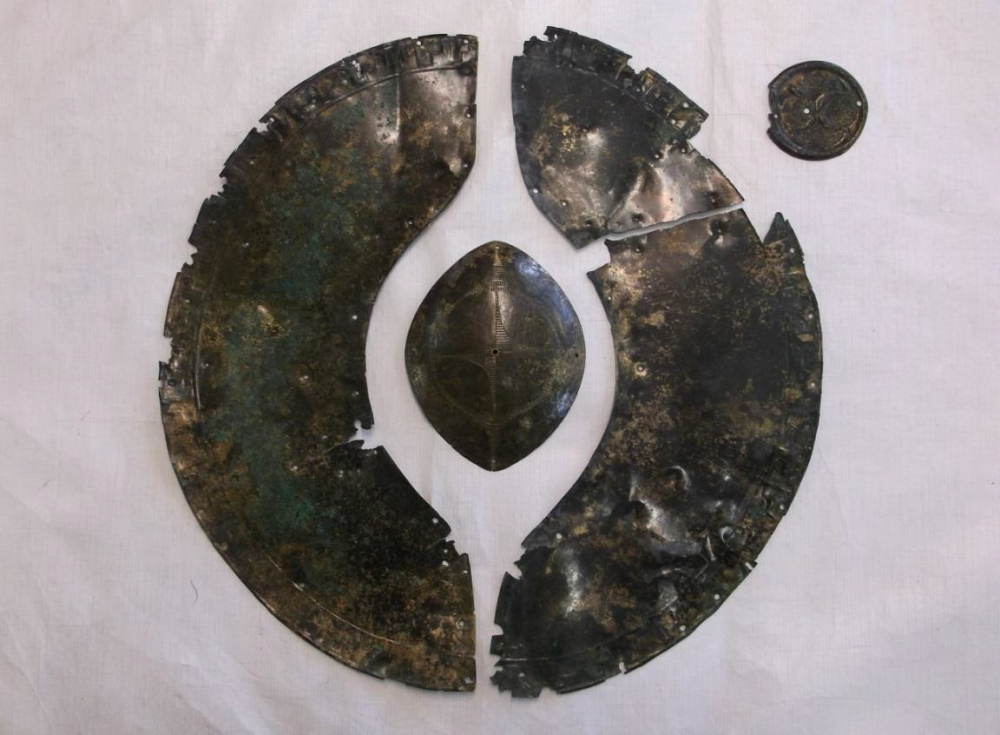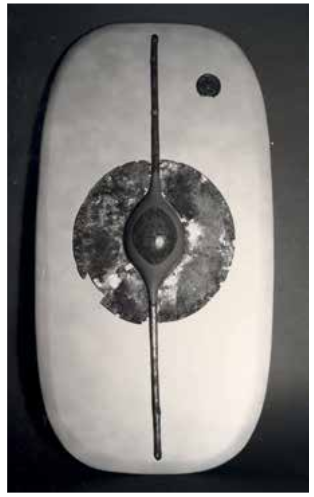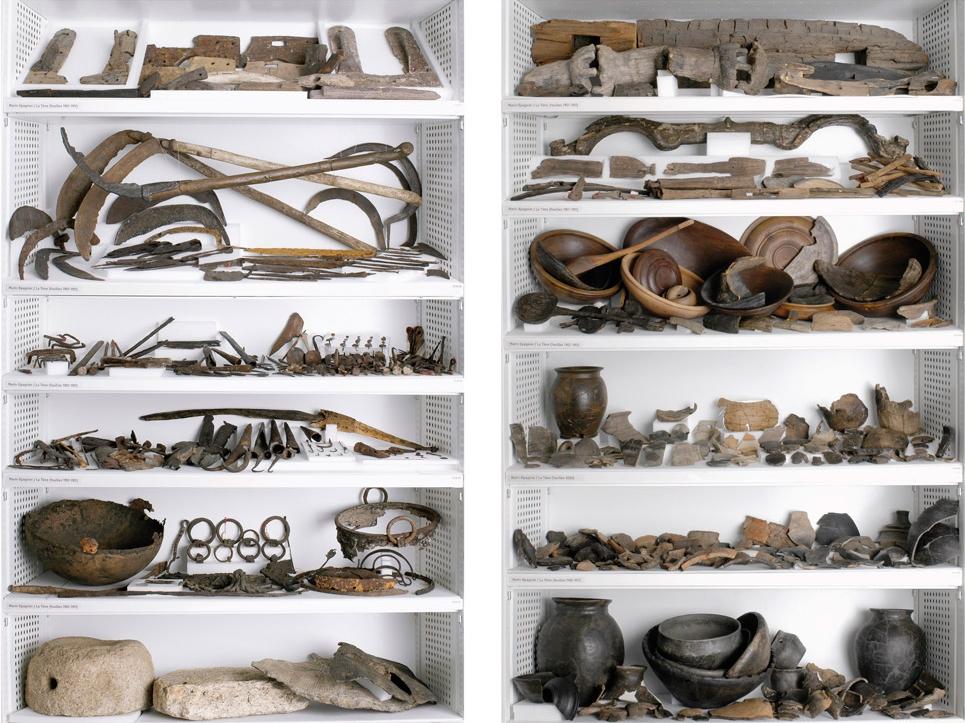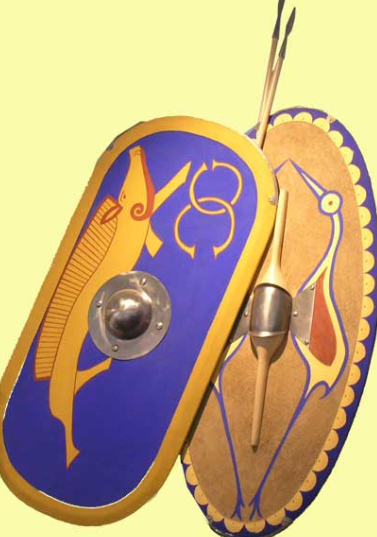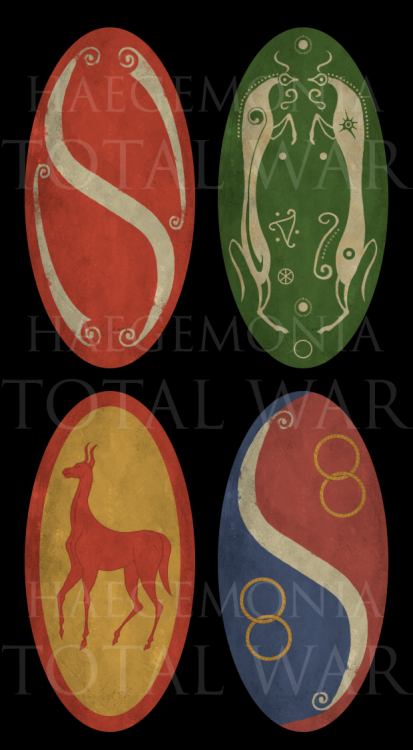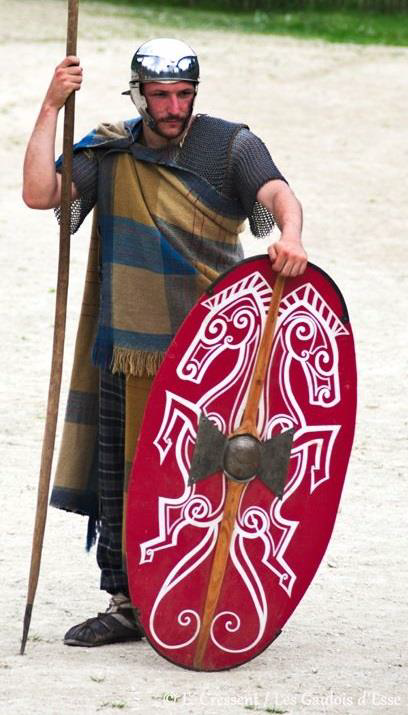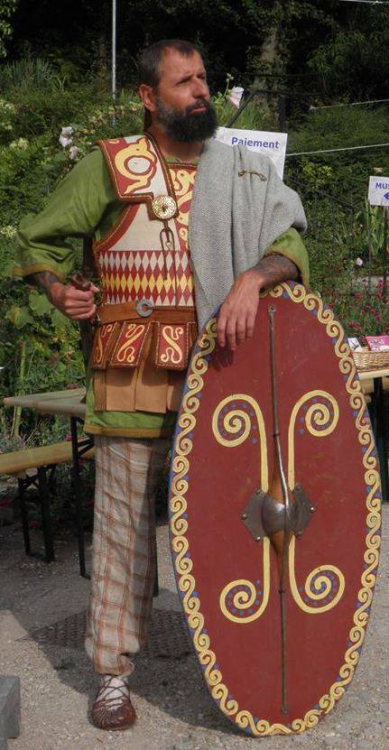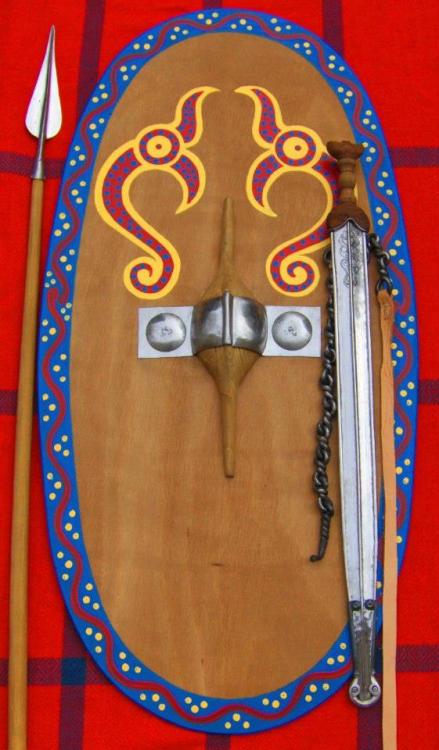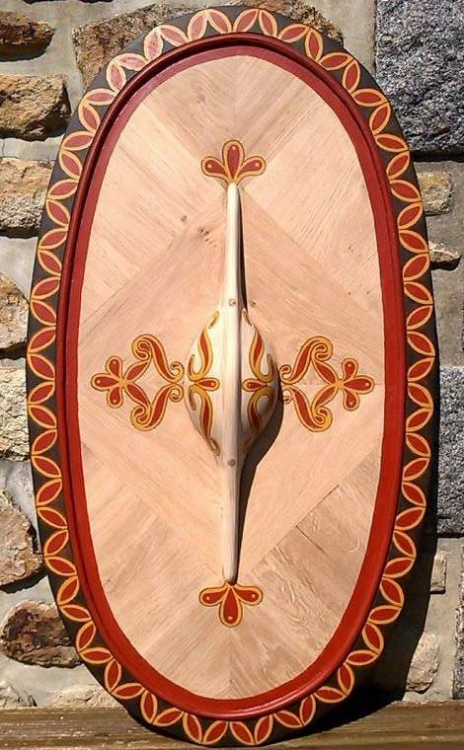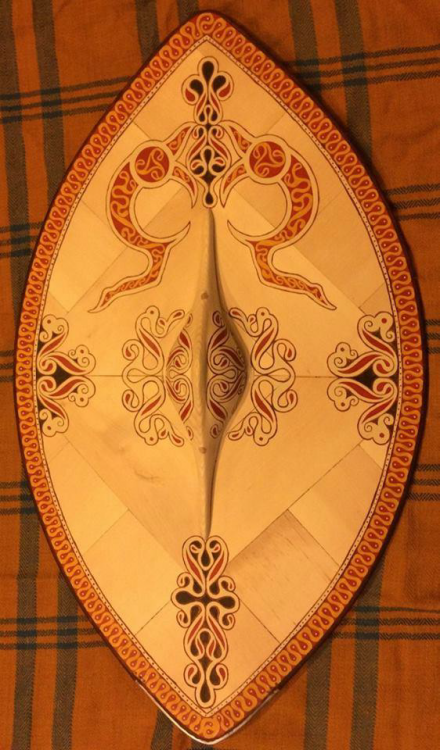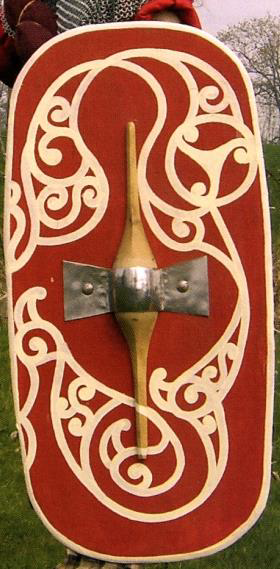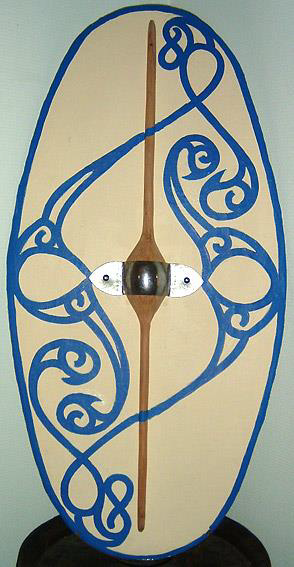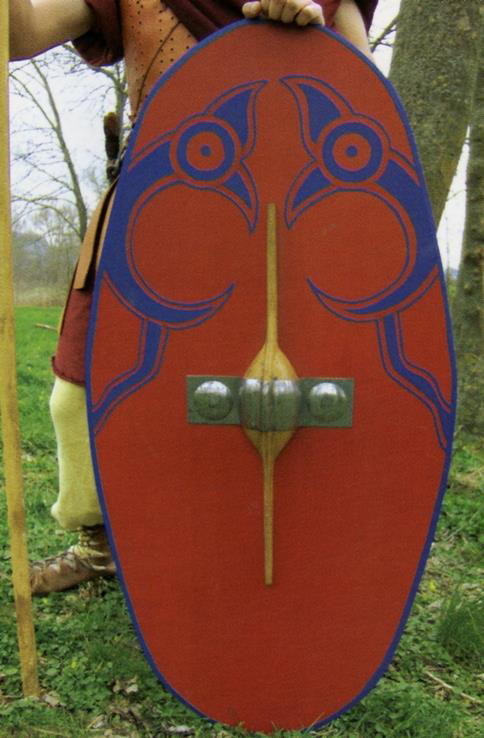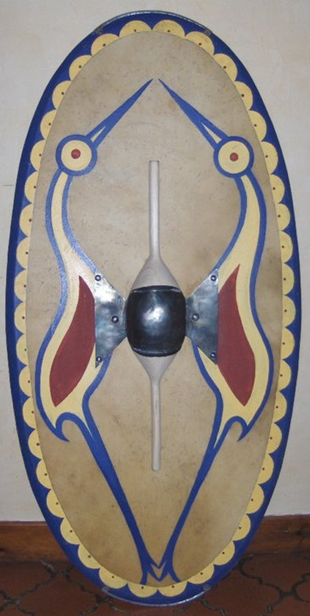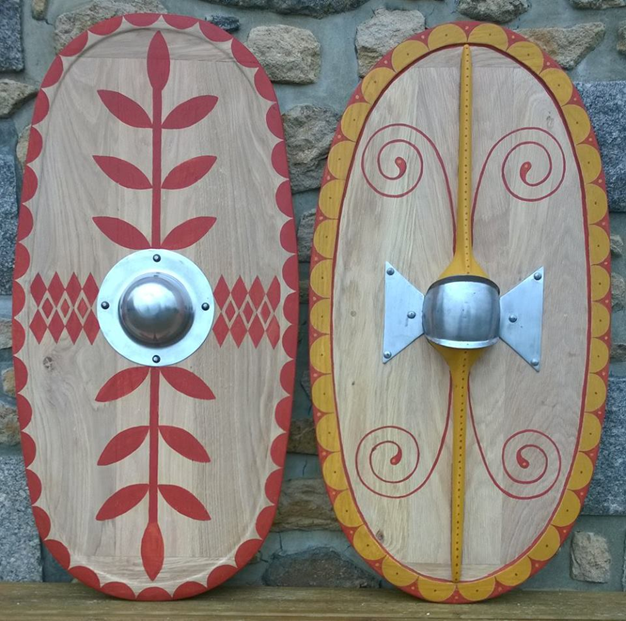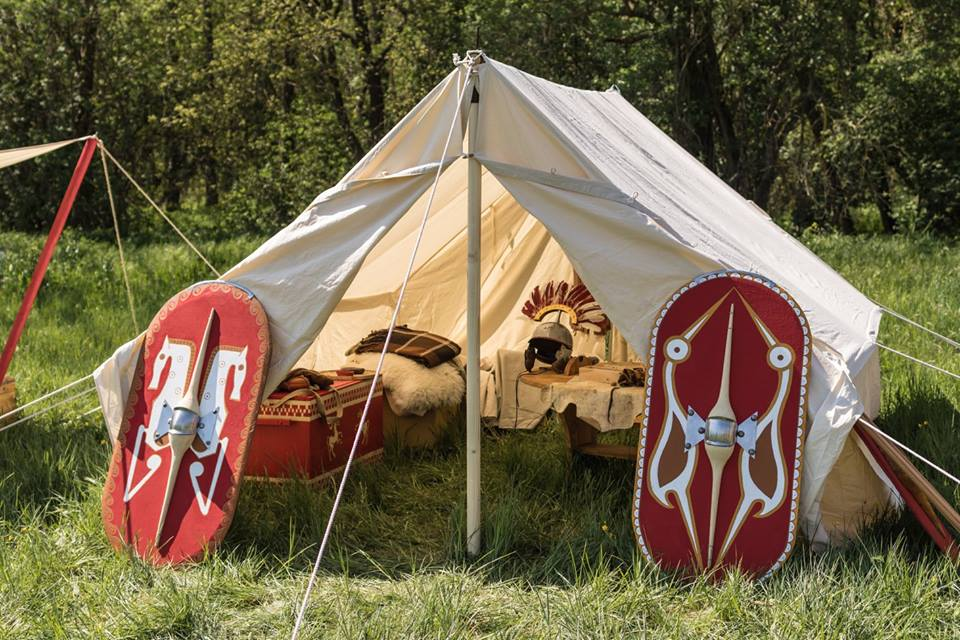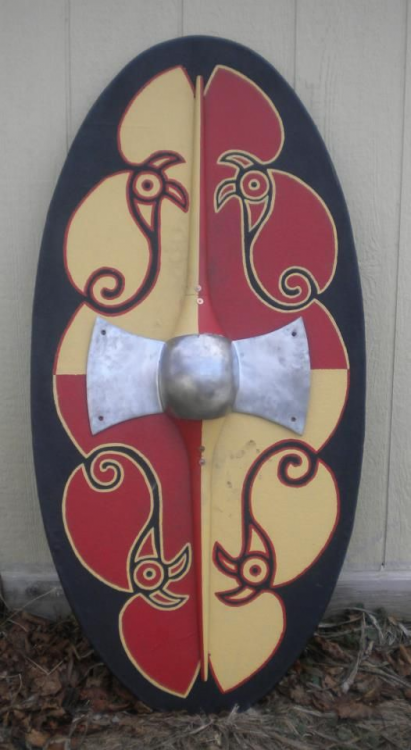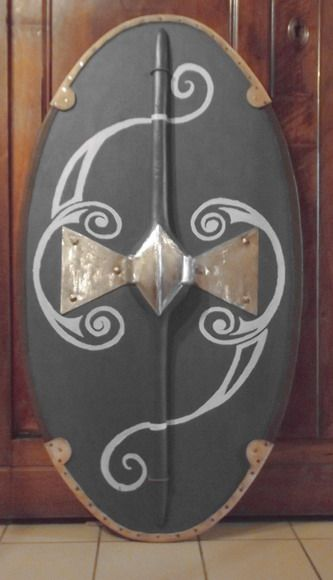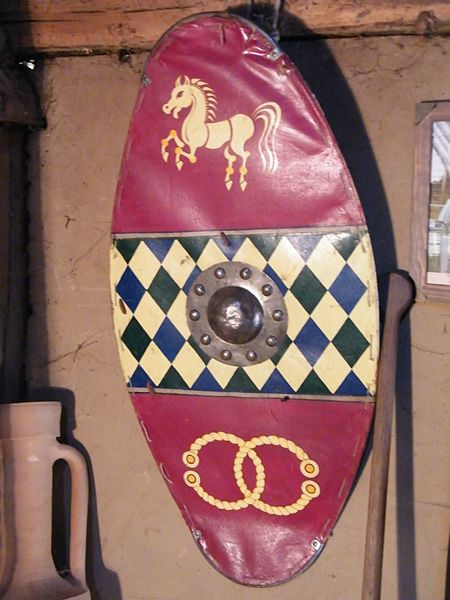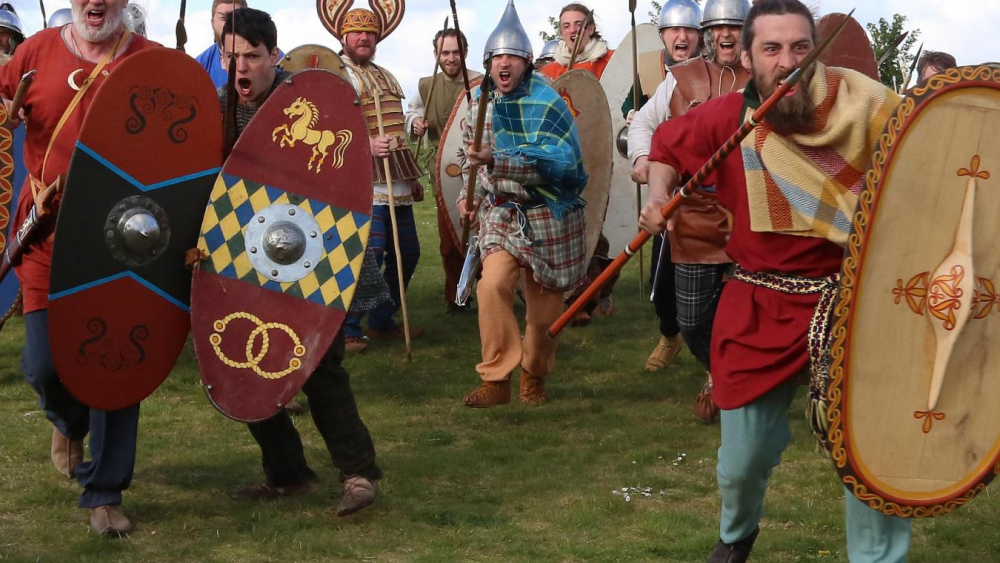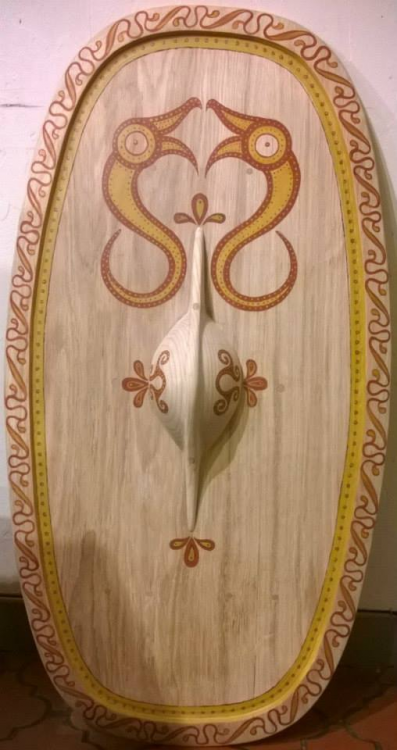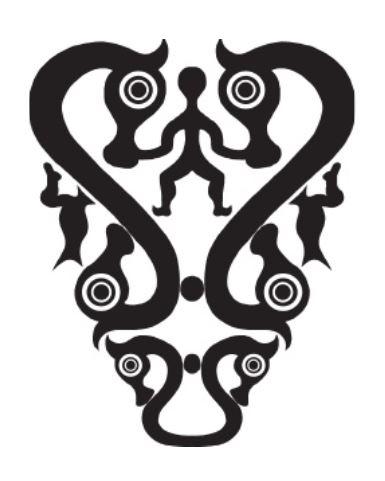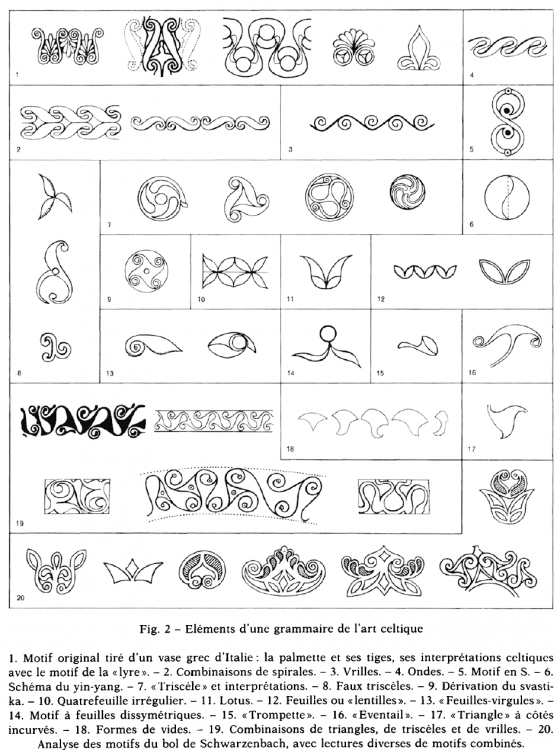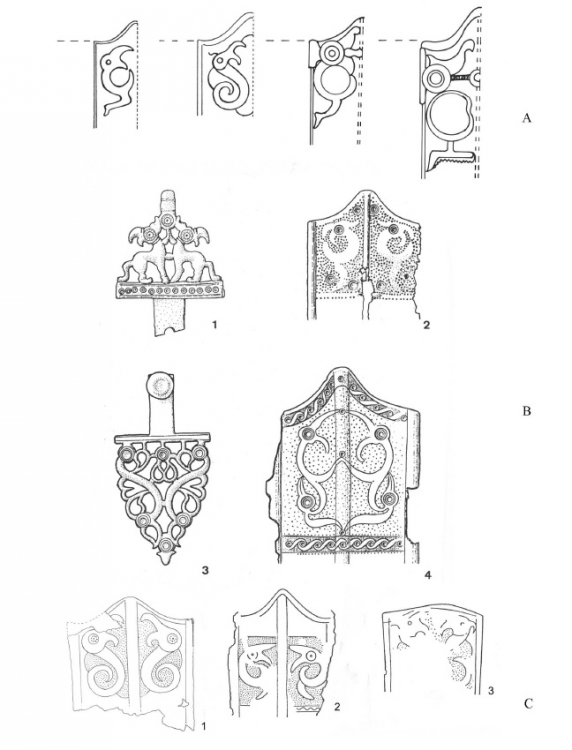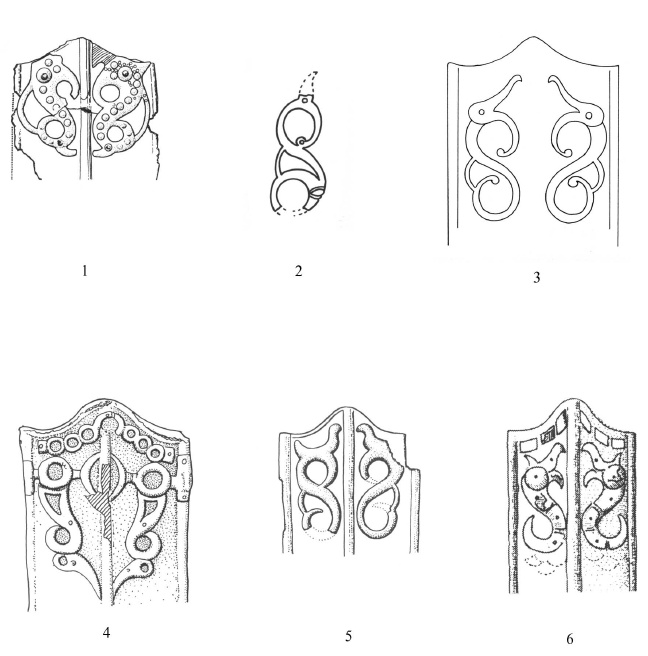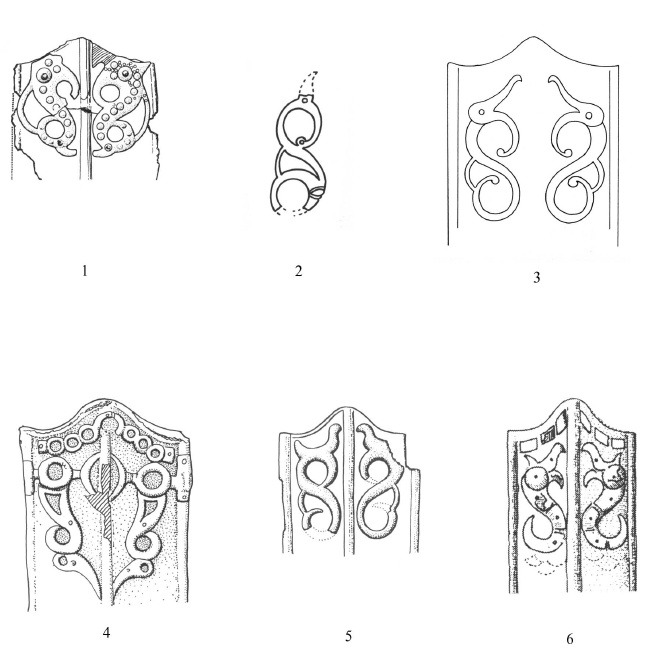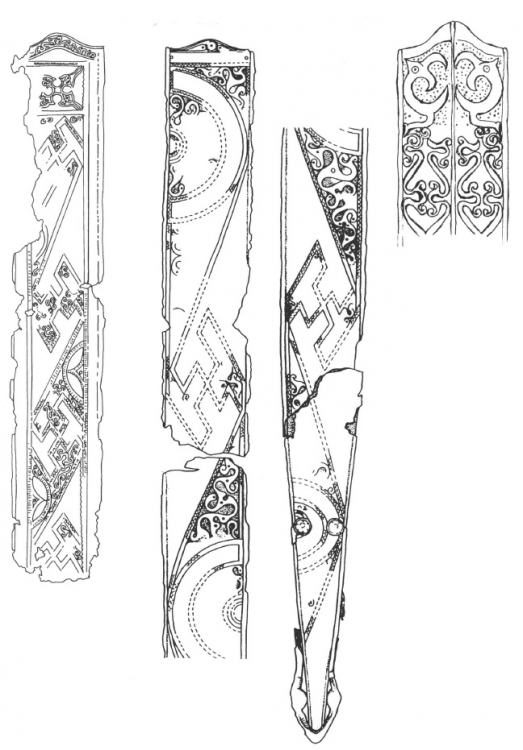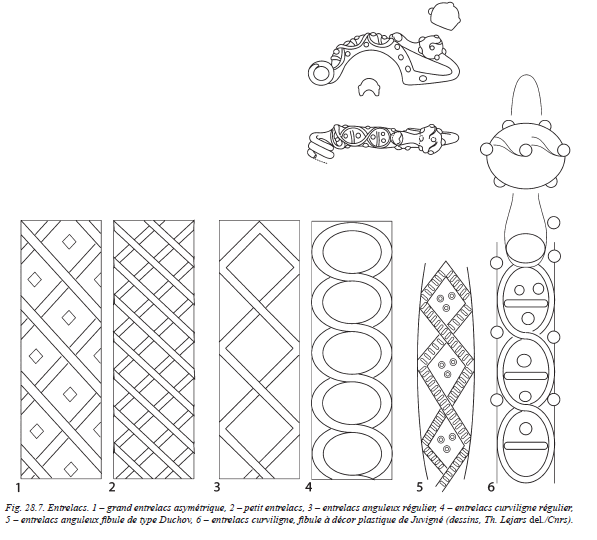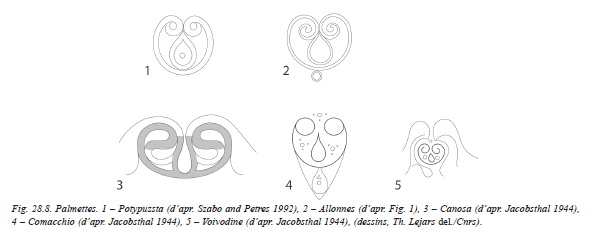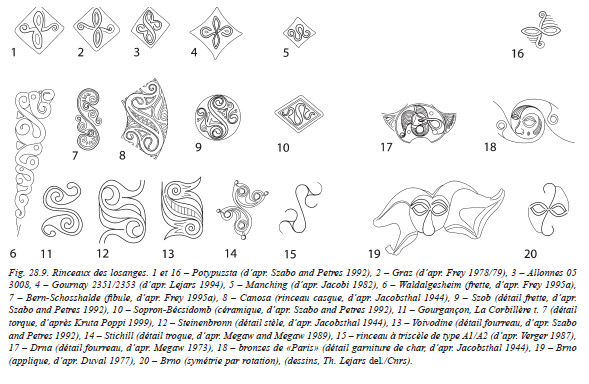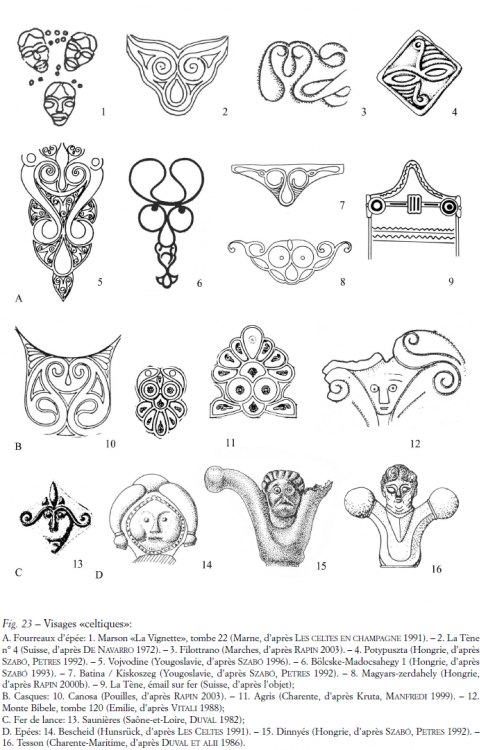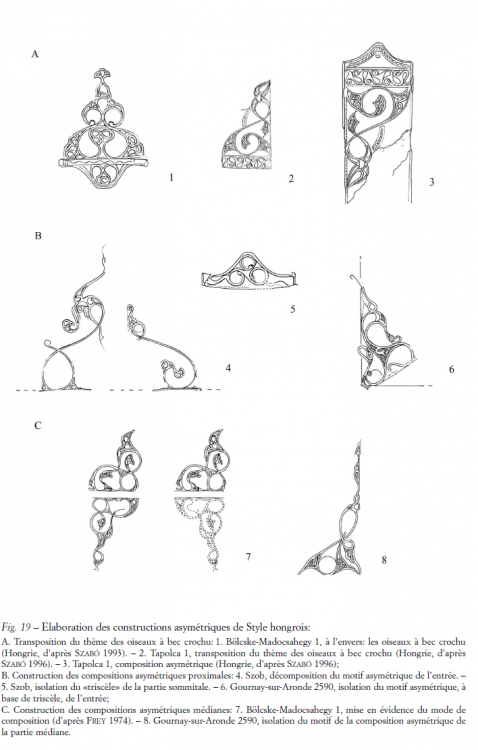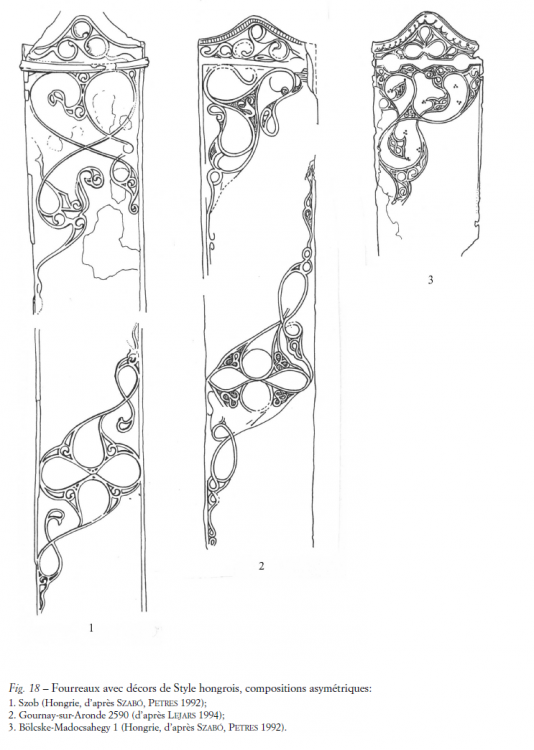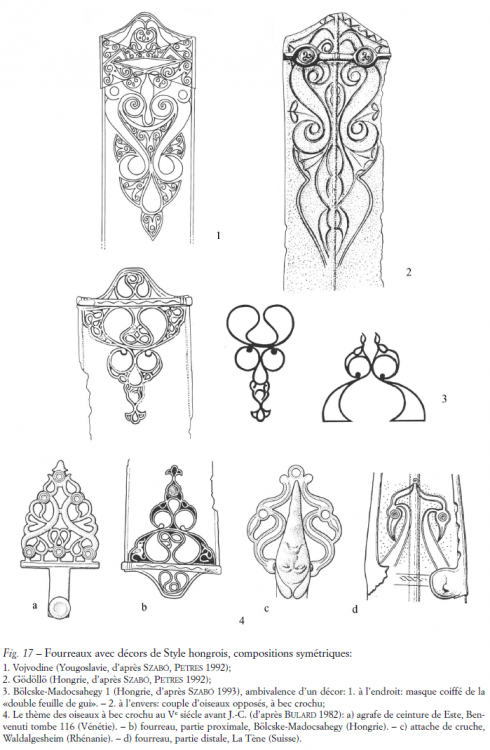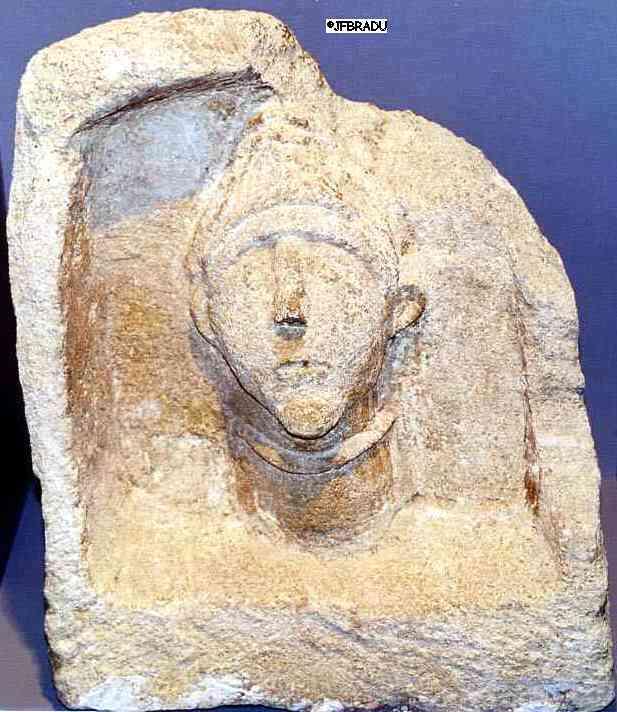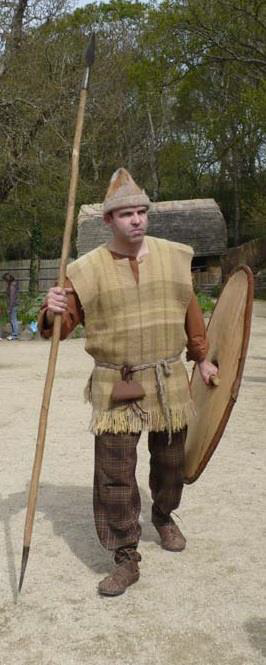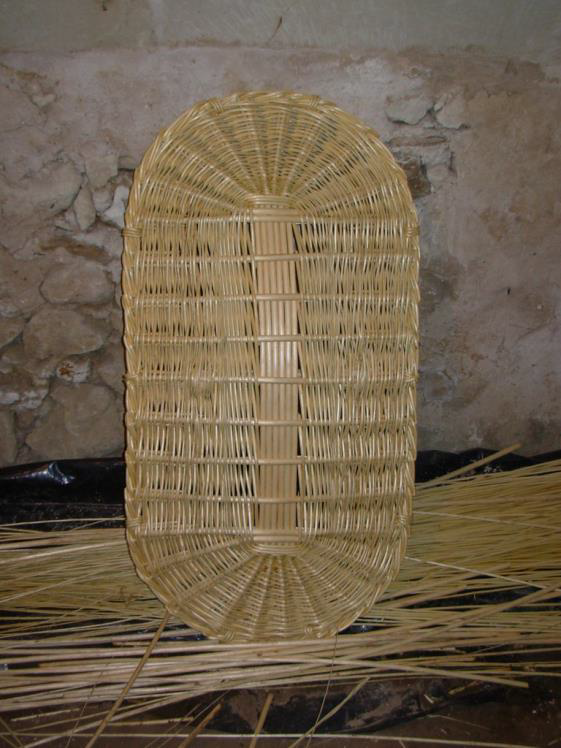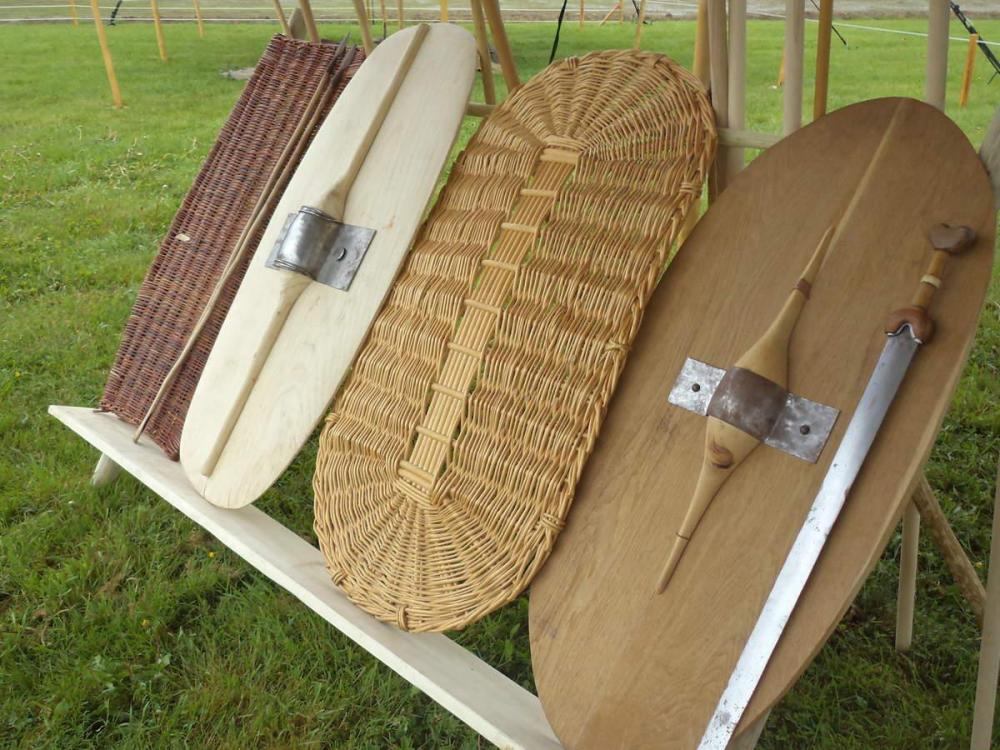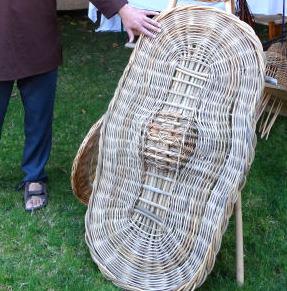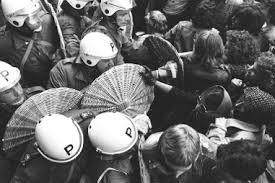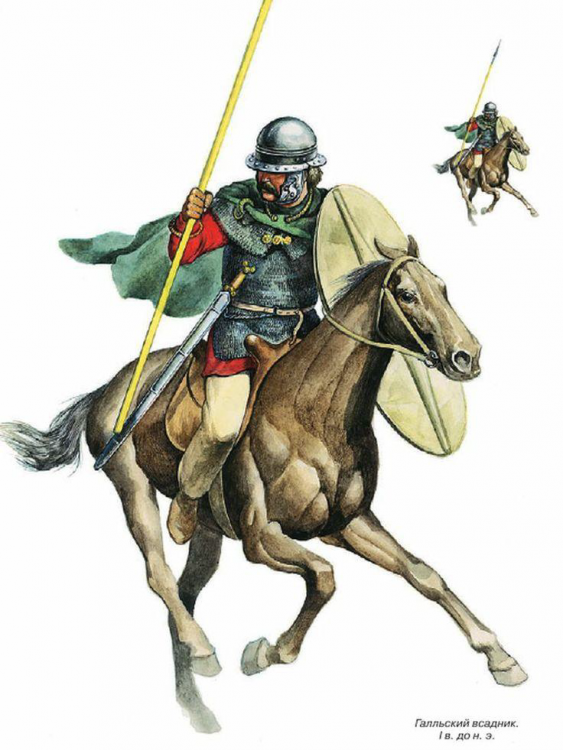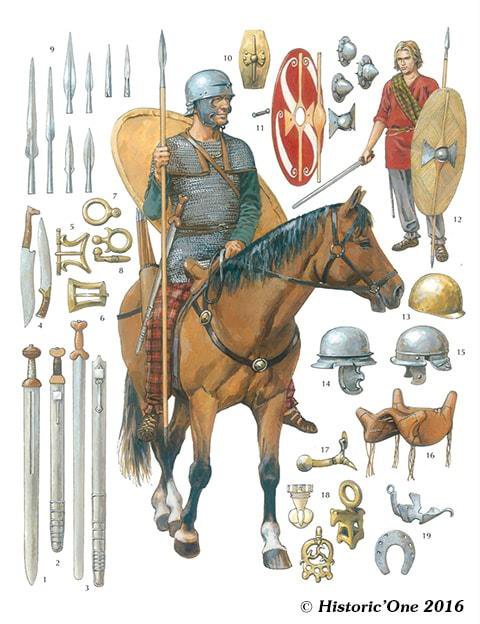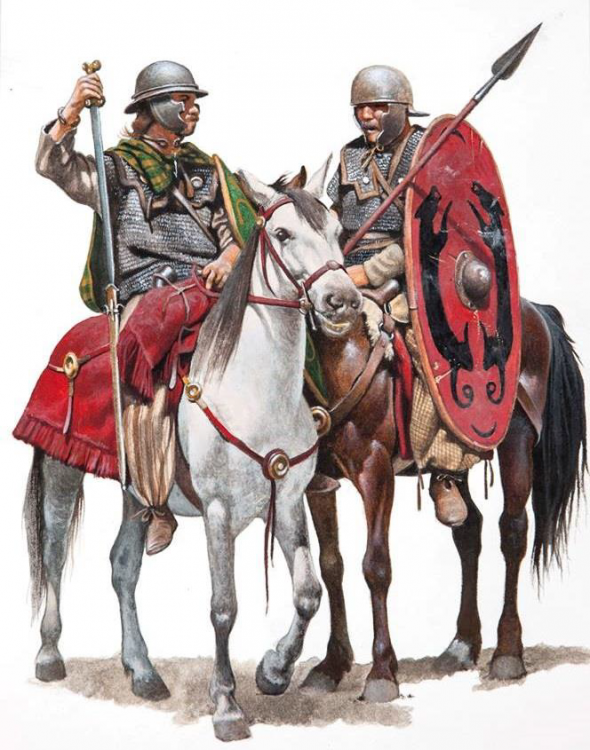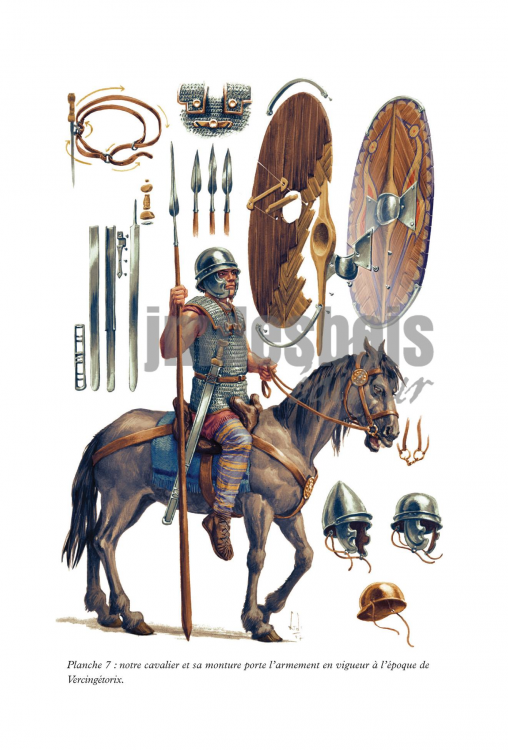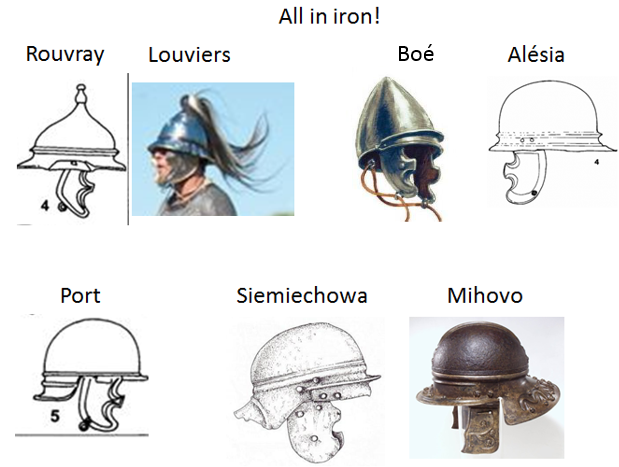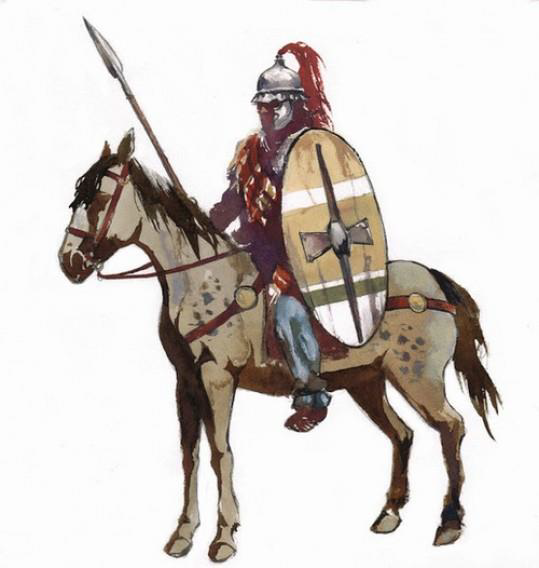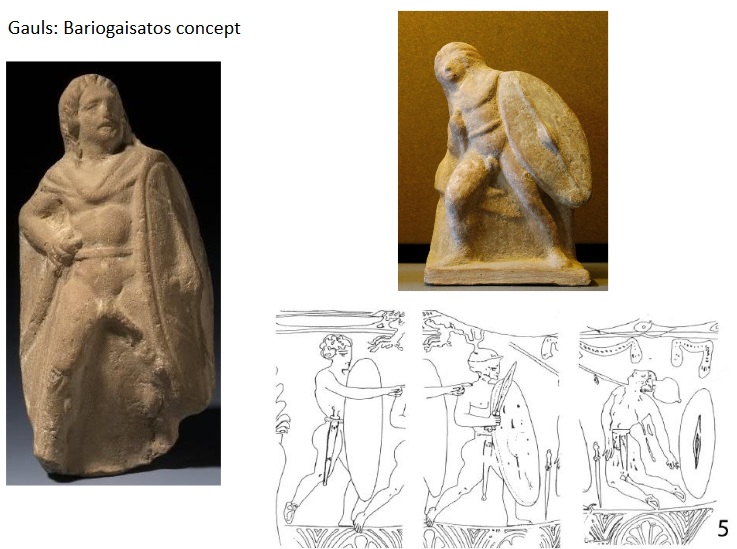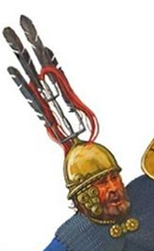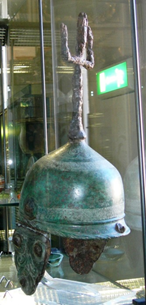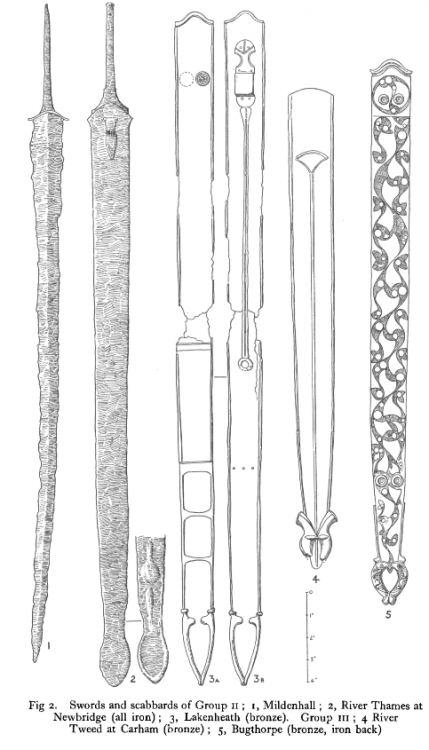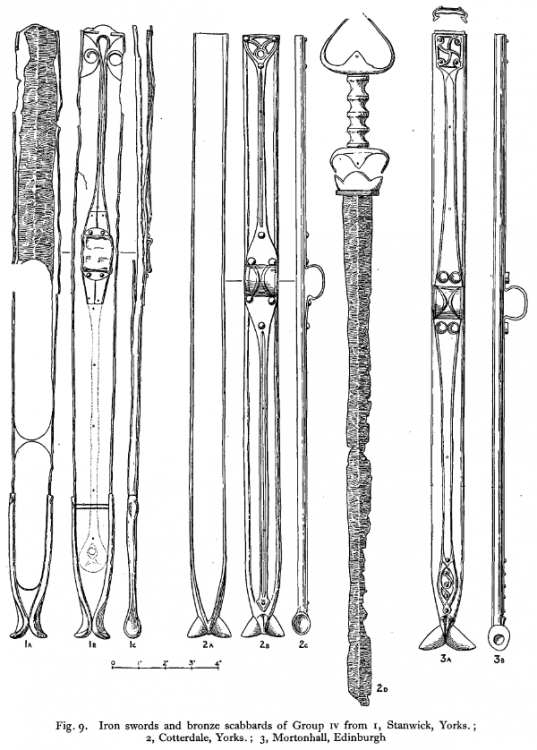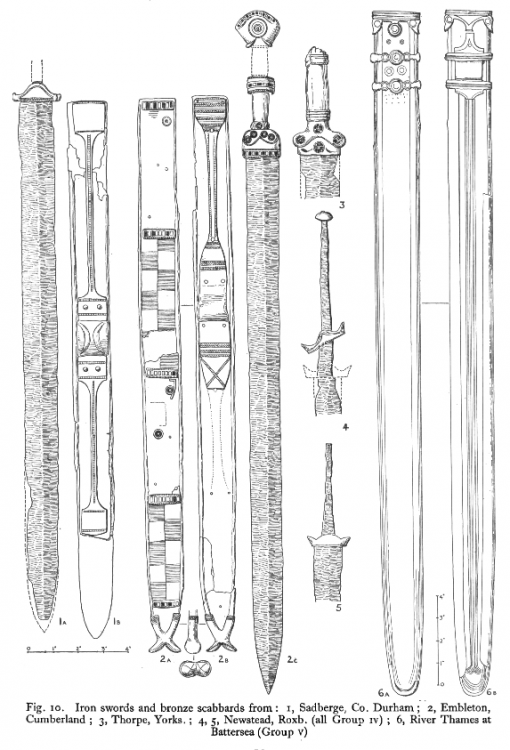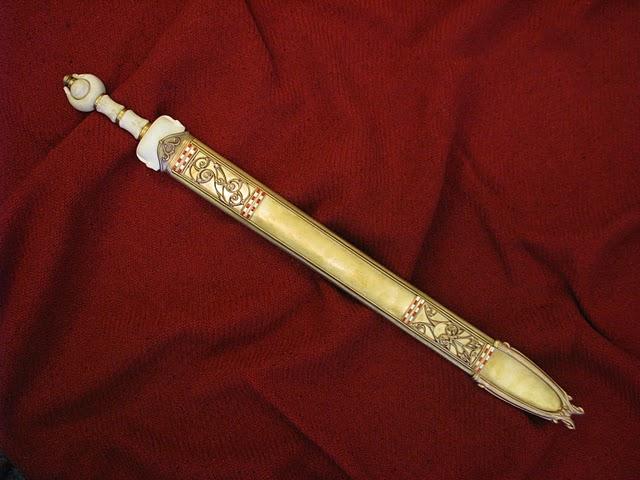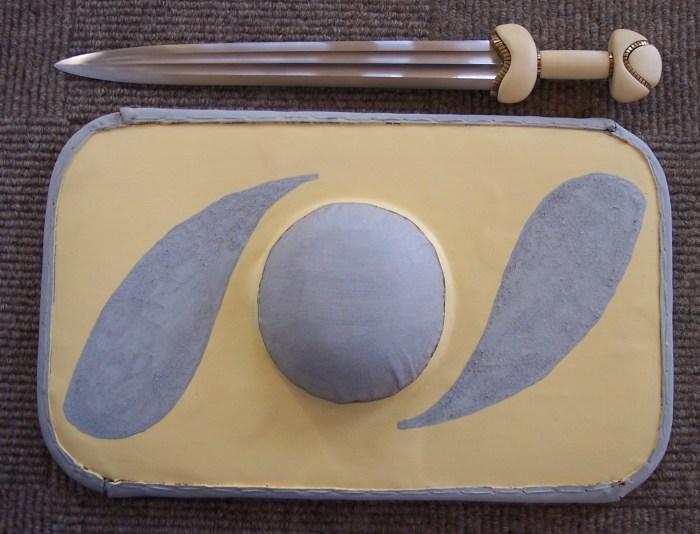-
Posts
2.401 -
Joined
-
Last visited
-
Days Won
82
Everything posted by Genava55
-
.thumb.jpg.b21ca1d0c15fb56b42c39b25a0a40815.jpg)
Specific Name Review: Structures
Genava55 replied to Doktoreus's topic in Game Development & Technical Discussion
I edited the previous message. More precisely, the language is the continental p-Celtic mostly based on the Gaulish but with some inclusions of the Brythonic which is thought to be very close at this time (pre-Roman era). The whole references for each word and each roots? -
.thumb.jpg.b21ca1d0c15fb56b42c39b25a0a40815.jpg)
===[TASK]=== 0 A.D Ships Update.
Genava55 replied to Alexandermb's topic in Eyecandy, custom projects and misc.
https://www.ancient.eu/Roman_Coinage/ -
.thumb.jpg.b21ca1d0c15fb56b42c39b25a0a40815.jpg)
===[COMMITTED]=== Celtic Unit Helmets
Genava55 replied to Alexandermb's topic in Completed Art Tasks
celt_helmet_berru: 500 to 350 BC approximately, some of them are much decorated, most not. During this period, it is expected to be a helmet of higher status, found in aristocratic burials sometimes. All of them are known exclusively in bronze. celt_helmet_marne : Berru is in the region of Marne. It should be the same typology. Most of them were found in this region, but other were found in Europe Central, the most eastern is at Turocz in Hungary. What is called a Marne helmet is in fact a early Montefortino from Celtic tradition. celt_helmet_agris: Western France, 350 BC. Very decorated helmet. For a hero like Brennos it is a good idea. (suggestion) celt_helmet_amfreville: Northwest France, 250 BC. Very decorated helmet. For a hero like Viridomarus it is possible (suggestion) celt_helmet_canosa: Italy, 400-300 BC. Very decorated helmet. For a hero like Brennos it is a good idea. celt_helmet_ciumesti_raven: Eastern Europe (Romania), second half of the 3rd century BC. For a hero like Viridomarus it is possible. celt_helmet_montefortino: Most common helmets, general typology used by the Etruscans, the Romans, the Gauls and even some Iberians (region of Catalonia). 400 to 200 BC. The evolution of the typology is difficult and poorly done by previous researchers (too many different interpretation and naming). There are iron and bronze examples of this typology. It should be the most common helmets in the Gallic roster. celt_helmet_ciumesti or celt_helmet_castelrotto: second half of the 3rd century BC to the end of the second century BC. Late variante of the Montefortino helmet. I think it is only an iron type. The main difference is in the cheek-protection attachment. A common helmet for the gallic roster. celt_helmet_port: I don't know why it is called classical coolus by Alexander. It is a helmet we found from 60 to 20 BC in France and in Switzerland with some variants in Eastern Europe. Should be a higher grade helmet. Gallic champion cavalry or infantry. Or elite version of gallic normal cavalry. celt_helmet_alesia: 1st century BC. Most common iron helmets found during this century, in France and in Switzerland. The Agen type is a variant with a crest holder but Alexander added some features from the Forêt de Rouvray helmet (the wave border at the level of the cheek protection). For advanced units version? (suggestion) celt_helmet_foret: Only three helmets of this typology are known, found in Northern France, dated to the 1st century BC. Two variants, forêt de Rouvray and forêt de Louviers. Maybe an higher grade helmet but it isn't sure. Same utilisation as the Alesia and Port types is possible. (suggestion) celt_helmet_boe: 60-30 BC helmet in iron. Found in a rich burial of a gallic cavalryman serving the army of Rome as an auxiliary, southern France. For cavalry champion. celt_helmet_coolus_mannheim: 1st century BC, found in France, in Germany, in Switzerland and in Italy. There are two types, the coolus which is the light version and the mannheim which is the heavy version. The latter is thought to have been developed by the Romans both the Gallic auxiliaries and for the Caesarian legions during the Gallic Wars. A coolus example was found in Britain, I suggest to use it for the Britons. To my knowledge, all the Coolus and Mannheim helmets are in bronze. celt_helmet_meyrick helmet: Also known as the cap jockey helmet. The Meyrick helmet is dated from the 1st century AD, but I similar piece were found in the Balkans from the end of the 1st century BC in a Celtic related burial. Bronze helmets. celt_helmet_waterloo: River Thames, Southern Britain. Mid-Late La Tene. For a Briton Hero definitely. -
.thumb.jpg.b21ca1d0c15fb56b42c39b25a0a40815.jpg)
Specific Name Review: Structures
Genava55 replied to Doktoreus's topic in Game Development & Technical Discussion
gaul_barracks.xml, Coriosedlon, "Seat of the army" (personal construction) gaul_blacksmith.xml, Gobanion, Blacksmith gaul_civil_centre.xml, Lissos, Palace or royal residence gaul_corral.xml, Cagion, Corral gaul_defense_tower.xml, Uxelon, "High-place" or "high-building" (personal construction) gaul_dock.xml, Counos, Dock gaul_farmstead.xml, Buta, Farmstead, barn or pigsty gaul_field.xml, Olca, Field gaul_fortress.xml, Dunon, Fortress gaul_house.xml, Tegia, House gaul_market.xml, Magos, Market gaul_outpost.xml, Antosolicon, "which-watches-the-border" (personal construction) **gaul_range.xml, Budinadon, "Field of the troop" (personal construction) gaul_rotarymill.xml, Brauon, Mill gaul_sentry_tower.xml, Uxelon, "High-place" or "high-building" (personal construction) **gaul_stable.xml, Eposton, Stables gaul_storehouse.xml, Capanon, Storehouse or hut gaul_tavern.xml, -, Tavern gaul_temple.xml, Nemeton, Sanctuary gaul_wall_gate.xml, Duoricos, Gate gaul_wall_long.xml, Rate, Wall gaul_wall_medium.xml, Rate, Wall gaul_wall_short.xml, Rate, Wall gaul_wall_tower.xml, Uxelon, "High-place" or "high-building" (personal construction) gaul_wallset_stone.xml, Rate, Wall gaul_wonder.xml, Stonehenge, Wonder **gaul_workshop.xml, Miletucerdon, "Workshop-for-the-destruction" or "Workshop-for-the-war" (personal construction) brit_barracks.xml, Coriosessa, "Seat of the army" (personal construction, variant with a more common root in Brythonic) brit_blacksmith.xml, Gobanion, Blacksmith brit_civil_centre.xml, Tigernotreba, Habitat of the ruler/lord (personal construction) brit_corral.xml, Cagion, Corral brit_crannog.xml, Cranogion, Island Settlement brit_defense_tower.xml, Uxelon, "High-place" or "high-building" (personal construction) brit_dock.xml, Counos, Dock brit_farmstead.xml, Buta, Farmstead, barn or pigsty brit_field.xml, Olca, Field brit_fortress.xml, Dunon, Fortress brit_house.xml, Tegia, House brit_kennel.xml, Cunattegia, "hut of the dog" (personal construction) brit_market.xml, Magos, Market brit_outpost.xml, Antosolicon, "which-watches-the-border" (personal construction) **brit_range.xml, Budinadon, "Field of the troop" (personal construction) brit_rotarymill.xml, Melonas, Mill brit_sentry_tower.xml, Uxelon, "High-place" or "high-building" (personal construction) **brit_stable.xml, Eposton, Stables brit_storehouse.xml, Capanon, Storehouse or hut brit_temple.xml, Nemeton, Sanctuary brit_wall_gate.xml, Duoricos, Gate brit_wall_long.xml, Rate, Wall brit_wall_medium.xml, Rate, Wall brit_wall_short.xml, Rate, Wall brit_wall_tower.xml, Uxelon, "High-place" or "high-building" (personal construction) brit_wallset_stone.xml, Rate, Wall brit_wonder.xml, Stonehenge, Wonder **brit_workshop.xml, Miletucerdon, "Workshop-for-the-destruction" or "Workshop-for-the-war" (personal construction) Proposal: Gaul: Feast-center, Celicnon "Feast sanctuary" Gaul: Hemicycle, Remogantion "assembly of the princes" (personal construction) Gaul: Monument, Mediolanon "Central place" Briton: Comardrigantion "assembly of the comrade of the high-king" (personal construction) Briton: Monument, Cantalon "Circular monument" I use mostly the Delamarre’s dictionary of the Gaulish language. But honestly, I have to made up some words because they are not known or they haven't existed at all. I try to avoid the most possible to build some name from different words but I haven't the choice sometimes. I didn't translate the taverne because the whole idea of a taverne as something characteristic of the Gauls bothers me. I suggested new buildings but it is up the team to accept it or not. -
I agree. More generally, I am against any reconstruction exclusively based on PIE. I do not believe anything stay the same after several millennia, use and meaning vary a lot even at short timescale. I prefer a word already known or at least based on attested roots in use among the Celts. Either we use something related to the word Telmis (sling): Telmicos/Telmiuicos combatant using the sling. Inspired from the name of the Ordovices (Ordo (mace) + uicos). Either we use another word like Talanos (supportive person), Talaconios (supportive warrior) or Talassos (who-stands-in-support). I think the weapon is used by all the Celts since the beginning. By the way, sheeps, goats and pigs are the most common species among the Gauls. In La Tène archeology, cattle and horses are indicative of a higher social status (more often in the meal of warriors and nobles). I think the description from Caesar should be put into the context of the end of the La Tène civilization. Since the mid-2nd century BC, a huge boom of urbanization and of currency development was transforming the Gallic societies and it must be expected some differences between those seen by Caesar and those seen by Pytheas. To be precise, Caesar said the ruling class is a warrior class and he used the word “equites” to describe them, generally translated as knights in English. It fits perfectly in the evolution of a sword type getting longer, suggesting a preference for fighting mounted among the warrior class. However, Caesar differentiate nobles and knights in his accounts. It seems to have a complex hierarchy at this time, with even what is described as magistrates and senators for the Roman view. Thus, it is likely a warlike aristocracy that rules the modest and poor population but not necessarily only nobles. Several Gallic leaders during the wars are described as from modest condition in comparison to others nobles. The serfdom like population is similar to slaves in right according to Caesar: The levy seems to include sometimes slaves: Caesar distinguish freemen bonds by clientship and serfs/slaves: Vercingetorix planned a clear logistical project to arm the levy: The levy of every men seems to be something exceptional and extreme, even during the crisis of Alesia: For the rare accounts about the sword, one is suggesting it is a common weapon: If we check the numbers given by Caesar, the Helvetii, whom are in migration, have 92000 men that could bear arms over a total of 368000 persons. The Bellovaci had an army of 100000 armed men including 60000 men they picked for their quality to participate to the coalition against Caesar. From an archeological perspective during this period: “Highly technical pieces (swords, scabbards) coexist with a large quantity of mediocre pieces (hast weapons), following a phenomenon independent of the degree of general wealth of the burial.” According to Gérard Bataille (archeologist from INRAP). As you can see, the subject is far more complex than a simple duality between nobles and serfs. There was probably a gradient of different vassalage status among the common people, from the slaves to the clients. Their numbers, their roles and their recruitment during a war are barely known. Other accounts from the classical authors give them various roles, most often as servants and squires. Are they also combatants like the Lacedemonian Helots or are they exclusively valets like the slaves in most of the Greek armies? The question of their equipment cannot be answered without knowing the status of the people levied in the army. Therefore, I cannot say that all the vassals could have a sword but during the war it seems that most of the combatants are correctly equipped and a sword is not that much a rare weapon. The proto-state or government from the Gallic senates and nobles are able to produce and distribute weapons for the levy in case of emergency. In my opinion, the common view of the sword being a weapon of the nobles is a cliché. If we took the numbers from the Helvetii and the Bellovaci, we have a ratio of 1 correctly equipped warrior to 6 persons in the population (368000/60000 = 6.1). Which is comparable to a Greek polis for hoplite. During the Gallic Wars, the horse seems to be the true feature of the Gallic aristocracy and nobility. Probably cuirasses and armors as well. As a final blow against this view, I will remind the existence of «currency bars» in iron as trading goods. Some of these bars seem to be perfectly pre-shaped to produce swords. We have found several hundreds of them in total, both in France and in Britain. - https://www.researchgate.net/publication/44324700_Un_nouveau_depot_de_lingots_de_fer_de_La_Tene_finale_Bretteville-sur-Odon_Calvados - http://hist-met.org/images/pdf/hmsdatasheet08.pdf - https://www.researchgate.net/profile/Vincent_Serneels/publication/292398892_Mines_et_metallurgies_en_Gaule_a_la_fin_de_l'age_du_Fer_et_a_l'epoque_romaine/links/5718c75f08ae986b8b7a48ce.pdf - https://chaat.hypotheses.org/files/2015/12/JE-depots-nov-2015-MPCOUSTURES.pdf - http://aquitania.u-bordeaux-montaigne.fr/_jumi/pdf/1275.pdf Caesar, 5, 12: As currency, they use coins in copper or in gold, or iron ingots of a fixed weight (Utuntur aut aere, aut nummo aureo, aut taleis ferreis ad certum pondus examinatis pro nummo). I am not saying that we should create necessarily a basic infantry unit with a sword, the spears and the javelins are as much common as the sword in the panoply and are complementary weapons. There is a lot of room for choices in the Gallic roster because: 1 it is really hard to give a proper representation of a warrior society in a video game; 2 there are some regional variations; 3 there is more than 4 centuries of evolution in the La Tène civilization. The normal panoply for a Gallic warrior is a shield, a sword and a spear or a long javelin. This is the constant criteria from the beginning to the end. The society is based on clientelism, vassalage and retinue. It is generally viewed that the beginning of La Tène war structure is based on chieftains and nobles initiatives, with their retinues armed by them. The warrior burials are more dominated by beautiful items like the Gorge Meillet and the Warcq burials. Afterward, the warrior class seems to be more egalitarian, with bigger warbands and simplier and more frequent weapons. This is probably caused by an increase in the mercenaries demand in the Mediterranean world. During this period, the warrior class is more based on a lifestyle than on birth because we find several burials with lower wealth and from various origins. It is during this period that the Celts go in the direction of the Balkans and that the Eastern warlike culture like the Przeworsk are starting to appear. Warbands are more diverse both in wealth and in origins. Interestingly, it is also from the swords of this period that Pleiner notes a decrease in the quality of the steel which is interpreted as an increasing demand of cheap weapons. Maybe possessing a sword was mandatory in the La Tène society for a warrior. It is maybe what motivated richer warriors to possess horses to rise in the social hierarchy and exchanges with the Mediterranean world have made them cheaper and better (in size especially). The development of the oppida and of the economy gave a new impulse to the structural change in the Gallic society as we saw much more light weapons in the burials and in sanctuaries (javelins and arrows). The swords increase both in quality and in size and are less dependent of the wealth of their possessors. Horses become the symbol of the ruling class as it very often depicted on coins and that we found horsemen burials more often. Maybe this period seen the apparition of levied battalions from the productive class, but I think it is more related to the apparition of senate-like political structure. I think it is the clients that are becoming more and more important and maybe they were armed by the proto-state of their ruling class. I do not think the levying of the poors and of the slaves were the norm. It is possible to keep the actual structure with a spearman infantry in the village phase, a sword champion and a cavalry champion in the city phase. But it could be also possible to remove totally the sword champion and to gives to the Gauls a basic sword infantry and only one champion cavalry units.
-
.thumb.jpg.b21ca1d0c15fb56b42c39b25a0a40815.jpg)
Specific Name Review: Structures
Genava55 replied to Doktoreus's topic in Game Development & Technical Discussion
@Nescio I did a list in the past in this thread for the buildings. I can do the rest one day for all the units and others buildings if it is necessary: https://wildfiregames.com/forum/index.php?/topic/24495-celtic-reference/&do=findComment&comment=360969 https://wildfiregames.com/forum/index.php?/topic/24495-celtic-reference/&do=findComment&comment=360975 -
The difficulty in this case is more about that nothing is converging to a single root in PIE. Latin, Greek, Germanic languages and Slavic languages use different roots for the slings. I am not a linguist thus I do not know why they do not use something related to the old Breton “Talmorion” with this supposed evolution for the word sling: *Telksmis (PIE) => *Telmis (Proto-Celtic) => Telm/Talm in medieval Celtic. Maybe because the word Talmorion is related to the Roman army in Aremorica during the 5th century AD. Maybe I do not know some flaws about it. Yep, I suggested this because it should be better to keep the light-cavalry to the Britons. And it could be a nice difference between the two rosters. Since the Gauls have a very strong cavalry, mostly developed later, we can limit it for the post-village phases. It is possible as well. I proposed this because the Gauls and the Germans share this use of an irregular cavalry where they can fight both on foot and mounted. There are even accounts of mixed formation of horsemen and footmen griping the horse of their comrade to keep the pace. The accounts of Plutarch for the Gauls at Carrhae describe them as lightly armed after the piece I quoted. It is why I suggested a special cavalry with anti-cavalry bonus. It could be moved in the town phase as well. If it is accepted, I have some idea to mix some elements from the Bastarnae to make it nice and enjoyable. Only a suggestion to balance the roster. I know that some people want to nerf the Celtic factions. In addition, it is better to have different rosters for the Britons and the Gauls. In the historical accounts, the sword is often mentioned for the Gauls, the Galatians and the Britons. But it is difficult to tell how reliable are these accounts. From an archeological perspective, there is a few statistics. For the end of the fourth century to the half of the third century BC, 96% of the warrior burials in the upper half of France have a sword in it and 55% for the warrior burials in Hungary. For the sanctuaries from the fourth to the second century BC, the swords are always the most frequent weapons, with a peak during the second half of the third century BC: three swords for one spearhead. The reasons for this importance of the sword in the fourth and third century is the appearance of two different types and two different panoplies. In the burials of the end of the fourth and third century, the long-sword is always combined with a spearhead but it exists a slightly shorter version with a larger ferrule/chape at the end of the scabbard that is found without any spears in the burials. However, the interpretation of these statistics is difficult. The swords are clearly more frequent on the continent than in the Isles but it could be caused by different burial tradition. You can see the differences between the two panoplies below:
-
Witham shield Grimthorpe Shield Article about this shield: https://www.researchgate.net/publication/333430436_The_Grimthorpe_Shield_Object_or_Assemblage Other patterns:
-
Here the arrangement and modification to order them like a tree as suggested by @Nescio I uploaded it to the first post of the thread: I realized I didn't put the war dogs for the Britons. It could be added as well but I don't want to overcrowd/overload the roster. https://en.wikipedia.org/wiki/Dogs_of_Roman_Britain About the Epouanos, the horse-killer from the Gauls. It comes mainly from these two accounts: Edit: Bonus. If you really want a two-handed swordsman, for the Indians: Arrian, Anabasis Alexandri: Book VIII (Indica), XVI. The Indians wear linen garments, as Nearchus says, the linen coming from the trees of which I have already made mention. This linen is either brighter than the whiteness of other linen, or the people's own blackness makes it appear unusually bright. They have a linen tunic to the middle of the calf, and for outer garments, one thrown round about their shoulders, and one wound round their heads. They wear ivory ear-rings, that is, the rich Indians; the common people do not use them. Nearchus writes that they dye their beards various colours; some therefore have these as white-looking as possible, others dark, others crimson, others purple, others grass-green. The more dignified Indians use sunshades against the summer heat. They have slippers of white skin, and these too made neatly; and the soles of their sandals are of different colours, and also high, so that the wearers seem taller. Indian war equipment differs; the infantry have a bow, of the height of the owner; this they poise on the ground, and set their left foot against it, and shoot thus; drawing the bowstring a very long way back; for their arrows are little short of three cubits, and nothing can stand against an arrow shot by an Indian archer, neither shield nor breastplate nor any strong armour. In their left hands they carry small shields of untanned hide, narrower than their bearers, but not much shorter. Some have javelins in place of bows. All carry a broad scimitar, its length not under three cubits; and this, when they have a hand-to-hand fight -- and Indians do not readily fight so among themselves -- they bring down with both hands in smiting, so that the stroke may be an effective one. Their horsemen have two javelins, like lances, and a small shield smaller than the infantry's. The horses have no saddles, nor do they use Greek bits nor any like the Celtic bits, but round the end of the horses' mouths they have an untanned stitched rein fitted; in this they have fitted, on the inner side, bronze or iron spikes, but rather blunted; the rich people have ivory spikes; within the mouth of the horses is a bit, like a spit, to either end of which the reins are attached. Then when they tighten the reins this bit masters the horse, and the spikes, being attached thereto, @#$% the horse and compel it to obey the rein.
-
Sorry, I am really busy this month. You are totally right, thank you. I will do it. Ok, I will arrange it like this. Do not hesitate to criticize even this aspect, they are suggestions as well. No. The word for the sling or the slinger is not known in Gaulish, it is debated. The word I used come from EBII and it is clearly a reconstruction from a suspected proto-indo-european root with some features of the celtic languages. But since the new version of EBII that has come out the last month, they have changed again the name of the celtic slinger. Even so they have some very good linguists, it seems to be a difficult subject. Your logic is flawless. Iron rusts and it is clearly more difficult to preserve it. I will even add that the iron scabbards are even fragile, they flex easily when the sword is not in it. Clearly a possible problem during a battle. BUT We have found hundreds and hundreds of scabbards in Europe, most of them are in iron, some are in bronze or bronze+iron. None are in leather. Sheath in wood are found but only during the Gallo-roman period, indicated a transfer of roman technology like the sheath of Stanwick. Just an example with the location of La Tène in the Lake of Neuchâtel in Switzerland, we have found 120 scabbards. None of them were in leather or in wood while the conditions were good enough to preserve numerous wooden tools and dishes. Then when all the evidences say the contrary, even if the logic is good, we must admit that the assumption is incorrect. In fact the reason is known, we are modern peoples with a modern mind focusing on efficiency. We should not forget that the weapons have other meanings than killing tools. These objects have a lot of cultural meaning and they fit in a society with a hierarchy and strict rules. Here are the tools and other objects in wood from La Tène (some are replica from casting plaster):
-
For the elite cavalryman and elite infantryman, you can add hexagonal shields if you want. This shape become attested since the 1st century BC.
-
-
If I reduce my previous suggestions and try to be more simple: The Gallic roster could be like this: Heavy infantryman (spearman or swordman) - Cingetos (generic term for warrior fighting in the front line). Javelin skirmisher - Bagauda (bellicose/fighter), Talanos (support person). or Adretos (who moves fast, attacker). Slinger - Clucagretos (proto-indo-european reconstruction for slinger), Uassos (meaning servant, attested word) or Talanos (support person). Sword cavalry - Eporedos (cavalryman). Archer - Selgos (hunter) - Archers appeared only during the 1st Century BC, I suggest an unit available only in the 3rd phase but not an elite unit. Naked warrior (spearman) - Bariogaisatos (furious spearman). Fast and scary for fresh recruit (bonus against basic version of units ?) Elite infantryman (swordman) - Soldurios/Soliduros (bodyguard), Ambactos (servant, protector, retainer), Adscoros (attendant, retainer). Elite horseman (sword or lance) - Comaterecos (patrician) or Uerouicos (victorious warrior, great fighter). Anti-cavalry special unit - Epouanos (horse-killer). Gallic horsemen auxiliaries are described as being efficient anti-cavalry against the Parthians at Carrhae. Eastern Celts, Belgians and Germans share this feature it seems. The Britonic roster could be like this: Heavy infantryman (spearman or swordman) - Catucos (combatant), Batacos (combatant) or Batoros (who-hit-hard, fighter). Javelin skirmisher - Bagauda (bellicose/fighter), Talanos (support person). or Adretos (who moves fast, attacker). Slinger - Clucagretos (proto-indo-european reconstruction for slinger), Uassos (meaning servant, attested word) or Talanos (support person). Lance cavalry - Marcacos (cavalryman). Marcos is another word for the horse, more common in the island than in the continent. Light cavalry with javelins - Gaisaredos (Javelin on horse, mounted), Gaisatoredos (Javelinist on horse), Adretos (who moves fast, attacker) or Bagauda (attested for horsemen as well during the Gallo-Roman rebellion). Naked warrior (swordman) - Batoros (who-hit-hard, fighter) or Excingos (attacker, who-get-out-to-fight). The Caledonians are described as using longswords and small shield and fighting naked. Elite chariot warrior - Esseda (war chariot). The Britons use war chariots with a driver and an elite warrior, they throw javelins from it and continue the fight on foot (possibility for the unit to transport one infantryman ?) Elite noble infantryman (sword or spear) - Argos (battle champion, noble) or Donnouicos (noble warrior, noble fighter). Elite skirmisher infantryman - Caur (old-Irish for champion) or Art (old-Irish for champion and bear). A propose an Irish elite javelinist, with a historical irish shortsword. If the double weapons switch is implanted, it could be an interesting unit. Polyvalent. I removed the light cavalry from the Gallic roster to let it only for the Britons. There is actually no direct evidence for light cavalry among the Gauls, it is more a matter of supposition and interpretation. Historically probably that the javelins, the spears and the swords were used together by gallic cavalrymen. Edit: I think interesting features can enhance and deepen the gameplay, like the Bariogaisatos (previous Gaesatae) having a bonus against basic version of the units because he was historically considered scary, like the Epouanos (horse-killer) being an efficient anti-cavalry with mediocre/average stats but with a strong bonus against cavalry, like the Britonic chariot possibility to carrying an infantry unit etc. What are your thoughts?
-
For levy unit, there is an attested cap found on relief. It could be useful for variation in the basic versions of some unit: For the wicker shield attested in Gauls (according to Caesar), it could be useful for the javelin thrower:
-
For me no, I understand it is an issue then no problem. I don't have a better proposal. Your choice is discrete and not deranging.
-
For the Elite cavalry unit, I suggest to rely only on late material. Helmets and shield bosses from the Gallic Wars and post Gallic Wars. The sword at this time is very long for horsemen. I put here some useful picture for the concept:
-
The unit seems to be very good like this. Body paint is something mainly attested on the British Islands (Britons and Picts). There are some people suggesting it could have been used in the continent, but it is astonishing that no author noticed it or represented it if it was the case. I would suggest to use it as a distinctive feature of the Britons. Especially since there is less choice in armor and helmet on the island, you must be creative with the other things for the advanced and elite version. Gladly, they have enough prestigious shields and the body paint can vary a lot. For the Gaesatae, I suggested to name it Bariogaisatos (furious spearman) since Gaesatae is in Latin and the Gaesatae are not accounted as naked all the time (Also Viridomaros is their king). If you are looking for some additional variations, you can add a cape on some of them and a prestigious helmet. Here my previous suggestion, but yours is good like this. Generic Name: Gallic Fast Spearman Specific Name: Bariogaisatos Class: Spearman. Hacker Armament: Heavy Spear. Appearance: Garb: Naked. With a cape or not. Helmet: No helmet or Celtic helmet type Montefortino. Shield: Medium shield. With early iron umbo. Figure(s): Face would either be bearded or have a large moustache (traditional). Torc around neck. Barefoot. o History: In the popular culture, Gaesatae are the naked warriors by excellence. But contrary to the common belief, all their accounts didn't correlate with the occurrence of naked warriors. Their king Britomaros even had a splendid armor according to the Romans. Besides, another account of naked warriors exists in the history of the Galatians, without any link to the Gaesatae. Terracotta figurines are even representing naked Galatian warriors. The choice here is to represent a general naked warrior as depicted in the Greco-Roman art. Bario- is meaning furious and Gaisatos is the translation of Gaesatae, meaning “those-who-fight-with-the-Gaisa”, a polyvalent spear that can be thrown. Naked warriors were frightening for fresh recruits. Polybius describes them as having a shield too small to cover their entire body. Garrison: 1. Function: Vulnerable to missile (low armor) but enough hit-points for close-combat. High damage delivery. Fast. Unable to change the attack mode (always aggressive). Special: Damage Bonus against low experience units (basic). Edit: The helmet suggested
-
Kirkburn Sword Others British Celtic swords: Lisnacrogher Irish Sword: Another reconstitution, the South Cave British sword: I may be very busy and much less available in the next few weeks. There is enough material for the Britons on the forum I think, but in case you can check for Caesar descriptions here:
-
It is weird, isn't it? Why this survived and not the others things from the Bronze Age? I agree, the sea peoples are maybe nothing related to the nordic world but they could be related to the nuragic. The subject of the horned helmets is very complex and it is really mysterious. Why we find nothing during the migration period? Excepted a few relief about the berserkers, the horned helmets seem to be never used. It could be something exclusive to the mythology and to the religious practices. Or maybe for the standard bearer and carnyx bearer like the Tintignac helmets and the Bormio relief suggest. Exactly like the masked helmet from the Romans, their existence doesn't mean it is something widespread in the whole army.
-
Originally I suggested the Mill hill Deal Warrior to be a battle-druid for the Britons, to give them something classy and different. Edit: I will maybe retract a tiny bit my previous statement about the horns. I just realized that this kind of horns is exactly the same represented on three items: the Bulgarian helmet, the Gundestrup Cauldron suggesting Thracian technology and a statuette found in Denmark, probably Thracian as well. Therefore the horns could be more related to Eastern Celts or even Celto-Germanic cultures. Edit2: I suggest to kept these helmets horns for Galatians or if we make a late elite cavalry unit from the Belgians (an idea I have). The Treveri were famous horsemen, heavily recruited by the Romans even after the Gallic Wars. The regions of Treveri is as well a major place of production of Post-Gallic Wars Celtic scabbards with bronze decoration, probably for the Celtic auxiliaries. These scabbards as been found even in Poland, probably because some Gallic and Germanic cavalrymen have been serving together in the Roman army.
-
It is plausible I think. It is a free interpretation from the artists but it could have been the case. The horned helmet from Bulgaria? The problem is in its basic typology, it is a Hellenistic helmet, never seen further in the continent. It could be better on a Galatian unit, probably an helmet more suited to a cavalry unit but even for an infantryman it is plausible. The problem with the horned helmets is the confusion with mythological sources and roman misconceptions. There are others depictions, mainly on the Arc of Orange, but the typology is problematic. They are clearly Hellenistic helmet as well, never seen elsewhere. It has been suggested in the literature than the Romans used sometimes common relief cliché, mixing weapons from different periods to make the battle more heroic and Homeric, even to depict their own men. The question now, are there horned helmets among the Celts? Definitely. The Gundestrup cauldron shows horsemen with horns, birds and boars. I think the type of horns from the Bulgarian helmet is good, but the helmet below is not a common type among the Gauls. There are also others strange helmets found in France, at Tintignac but they are related to a carnyx carrier and religious practice. We know the Gauls did have the equivalent of signifer, therefore it is speculated that this is the kind of helmet they could have used. The Deal warrior helmet is a kind of headdress found several times in Britain but robbed several times as well. Most of them have disappeared. The Deal warrior is suggested to be a druid and it is one of the reason than experts are casting doubt about the "Celtic monolithic culture" from previous historians, since this is a thing found only in Britain. Now they are coming backwards because they have found a Druidkrone in Germany, different but with some similarity. Honestly we absolutely don't know anyting about their function yet but there are numerous hints pointing to a religious role of the person wearing it.
-
I agree, it would be the easiest solution. My proposals are part of a context where other people propose to better differentiate the two factions for a long time. I think there is a real opportunity to seize and there is enough material to make two different roster. I will make a short summary of the history of Celtic warfare and how things have settled differently on the islands compared to the continent. The continental Celtic culture where the Gauls come from is known as the La Tène culture. This culture appeared in three regions around 500BC: Marne-Champagne (Northeastern-France), Hunsrück-Eifel (western Germany) and Bohemia (Czech republic). This culture has spread in all the direction in a short time and in 400BC they started to be a threat to Rome. We don't know how they spread so fast, migration and conquest are not enough to explain it. The period between 500 BC to 350 BC is often described as the Early phase of the La Tène culture. During this period, the Continental Celts (Gauls) use mainly the chariot for the war. There are plenty of burials with chariots and simultaneously a lot of javelins, of shield decorations with bronze applique and of very decorated helmets and scabbards. Between 350 to 200 BC a new phase described as Middle La Tène occurred with a progressive switch from chariot warfare to cavalry warfare. Chariots burials are far less frequent, the swords start to become longer and shield bosses are simpler but more practical with a net increase in their sizes and in their frequencies through time. A new art started to appeared, mostly on scabbards, from Central and Eastern Europe and has become very popular in the continent. During this period, the infantry start to grow in importance as well as the Romans described often Gallic armies to use different shield walls formations they called phalanx and testudo (the terms are misleading and confusing, this is not the same testudo than the imperial roman armies). Between 200 BC to 50 BC, it is a period described as Late La Tène where the transformation of the Gallic society is important. Urbanization and fortification are more frequent and more elaborated. The economy and trading boom up, a lot of import and export in direction with the Roman world start to occurs. Moreover the coins start to be accepted in the Celtic culture. The switch to a cavalry elite warfare is continuing, the swords become specialized with long version for the cavalry and slightly shorter ones for the infantrymen. Oppida are growing and are spreading from Central Europe and Southern France in direction of Northern France. When the Gallic Wars occurred, the late phase wasn't over and was still in maturation. The Belgians are described by Caesar as more belligerents and more brave. The Nervians are described as having an elite warrior class fighting in foot contrary to the others Gauls. This different description from Caesar agrees with the archeological records suggesting that the Belgians had smaller oppida, often with a role of hillfort more than cities contrary to the Arvernes for example. Therefore, the Late phase wasn't as much developed in the North-East than in the others parts of France. The uprising of Ambiorix shows striking difference with the other Gauls and Belgians in his tactics, with more skirmishing and ambushes. While the Eburones are as well the more distant tribe from the southern Gauls. The Britons have a different history. There isn't a sudden change in their culture in the whole island. The first significative change during the Iron Age occurred with the Arras culture in Yorkshire. This culture has striking similarity with the Early phase of the continental La Tène. A lot of chariot burials very decorated, a lot of javelins, decorated scabbards and decorated shield bosses with bronze applique. This habit of having prestigious weapons and chariots spread first in Wales, Cornwall and Wessex and later in the whole territory of the actual England. It was a process that took a long time, from 400 BC to 150 BC. Farming developed and hill-forts spread intensively during this period. The period after 150 BC is known to have seen the development of the Aylesford–Swarling culture, with simultaneously more connection between the Belgians tribes and the Britons. This period seen a slight development of the swords in length but generally it has kept the main basis for their warfare culture: chariots, decorated shield bosses, javelins etc. The understanding of the culture of the British Iron Age is much more complex because of far less burials. For example in Dorset they had the custom to not bury every deceased persons, probably related to different beliefs. But clearly, the warfare tradition in Britain didn't have follow the same evolution than the Gauls. They used chariots for warfare from 400 BC to 70 AD. There is also the interesting customs of using bone-javelinhead in Britain, in Scotland and in Ireland as well during the iron age. In conclusion, the Britons share more similarity with the Gauls of the Early phase of La Tène, probably with a slight transition to the cavalry when the Gallic Wars occurred and perturbed the evolution. If we add the different accounts from Roman historians, we should conclude they had different way to fight during the wars. The Gauls started to have a warfare tradition based on the chariots, on Homeric combats and mobility. Then they switched to focus first on the infantry and the cavalry as articulate pieces of the battles to finally focusing mainly on the cavalry at the end, especially among the elites warriors. While the Britons kept a focus on chariot and on mobility, with clearly the same custom of overdecorating the weapons as suggesting more Homeric combats.
-
Diodurus says only the nobles wears the moustach, but what is a noble in his mind? And is this custom the same from the early La Tène to the Late La Tène (500 years of history and evolution)? Generally, the experts suggest that the moustach custom was an old and ancient custom for the ruling class. The practice seems to have nearly disappeared among the Gauls during the Late La Tène and the Gallic Wars, but to have survived among the Britons. Shaved face, full beard, narrow chin beard (goatee) and collar beard (chin strap) are found in iconographic representations as well.

